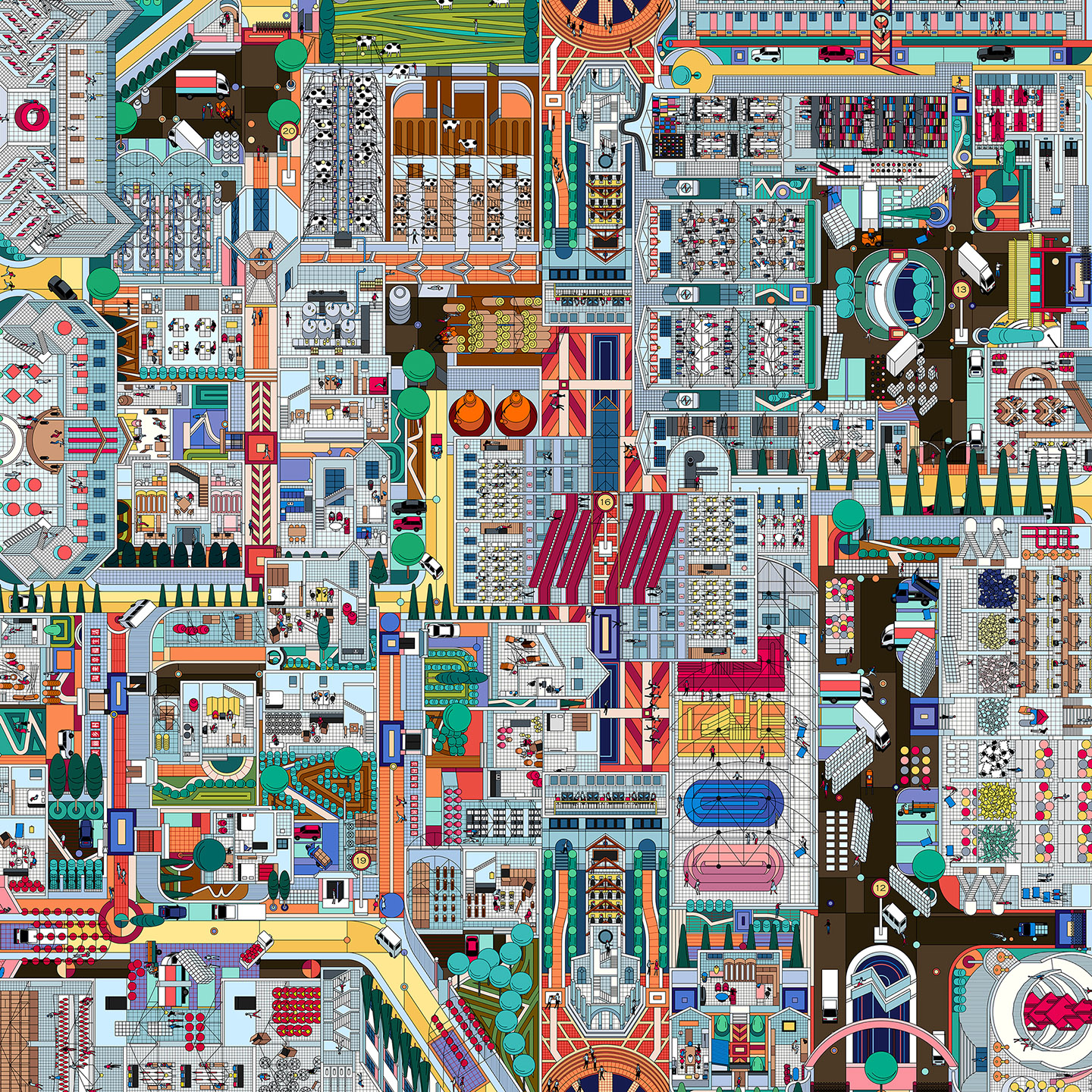The “Taobao villages” phenomenon: how e-commerce (also) redefines rural areas in China
In 2017, China’s e-commerce transactions accounted for 42% of the world’s total. With its 731 million internet users, the country is quickly becoming the world’s largest market for e-commerce. Giant companies like Baidu and Alibaba and its Taobao marketplace have fuelled the Chinese internet revolution and contributed to changing consumption habits. Their development has been supported by the state in its strategy to transform the country’s export-led economy to one driven by domestic consumption. The effects of online shopping have not been limited to economic or social changes—they have also transformed the country physically, from its urban fringes to rural areas.
As Alibaba’s platform Taobao penetrates rural areas, clusters of “Taobao villages” (as put forward by AliResearch) have started to emerge. The number of such villages—where annual e-commerce transaction volumes exceed RMB 10 million and at least 10% of households engage in e-commerce—has risen from 20 in 2013 to 3,200 in 2018. Taobao facilitates consumer-to-consumer (C2C) retail, allowing small businesses and entrepreneurs to open online shops and sell goods they produce themselves. This phenomenon has also contributed to the industrialization and urbanization of rural areas.
In Dongfeng, a Taobao village in Jiangsu, the previously agriculture-based economy now relies on e-commerce, with 16,000 online shops mainly selling wooden furniture. Initially, products were made in the houses of shop tenants, leading to mixed-used development in an agricultural village. As sales grew, multi-storied factories attached to the houses were erected, and others were built while a new road, “Taobao road”, was constructed. The organic, self-built development of Dongfeng and its shift away from agriculture resemble that of many other Taobao villages across the country. The very functioning of Alibaba’s marketplace leads to a multiplicity of individual producers, hence small-sized shops—which reflects the new spatial fabric of these villages, an unplanned assemblage of industrial and residential buildings.
As Taobao villages spring and sprawl uncontrollably, their infrastructure does not always match their needs. In Daiji County of Shandong Province, Taobao shops started producing acting and dance costumes, selling to the entire country. However, their growth was impeded by the bad state of roads that could not accommodate large delivery trucks—an issue quickly solved by the local Communist party, the officials of which fixed the road and installed fast-internet cables. Across the country, Taobao villages have received state support as part of its poverty alleviation strategy that has identified e-commerce as a tool to develop impoverished rural counties and improve poorer households’ earnings.
Still, Taobao villages are concentrated in the wealthier eastern provinces—68% of them are located in Jiangsu, Zhejiang and Guangdong, because of their comparatively better road infrastructure and industrial facilities. E-commerce has not benefited the country equally, as central and western provinces still lag behind. While Taobao may contribute to bridging the national urban-rural divide through rural urbanization, bridging the east-west gap seems harder.
All the drawings illustrating this article were made by Drawing Architecture Studio. Article published with the support of the Embassy of France in China.
-
2019/03/08

-
China

-
Gwenaëlle Brandelet


the other map
Explore arrow
arrow
loading map - please wait...








